?Are you wondering whether the water from your well is safe, tastes right, or needs treatment?
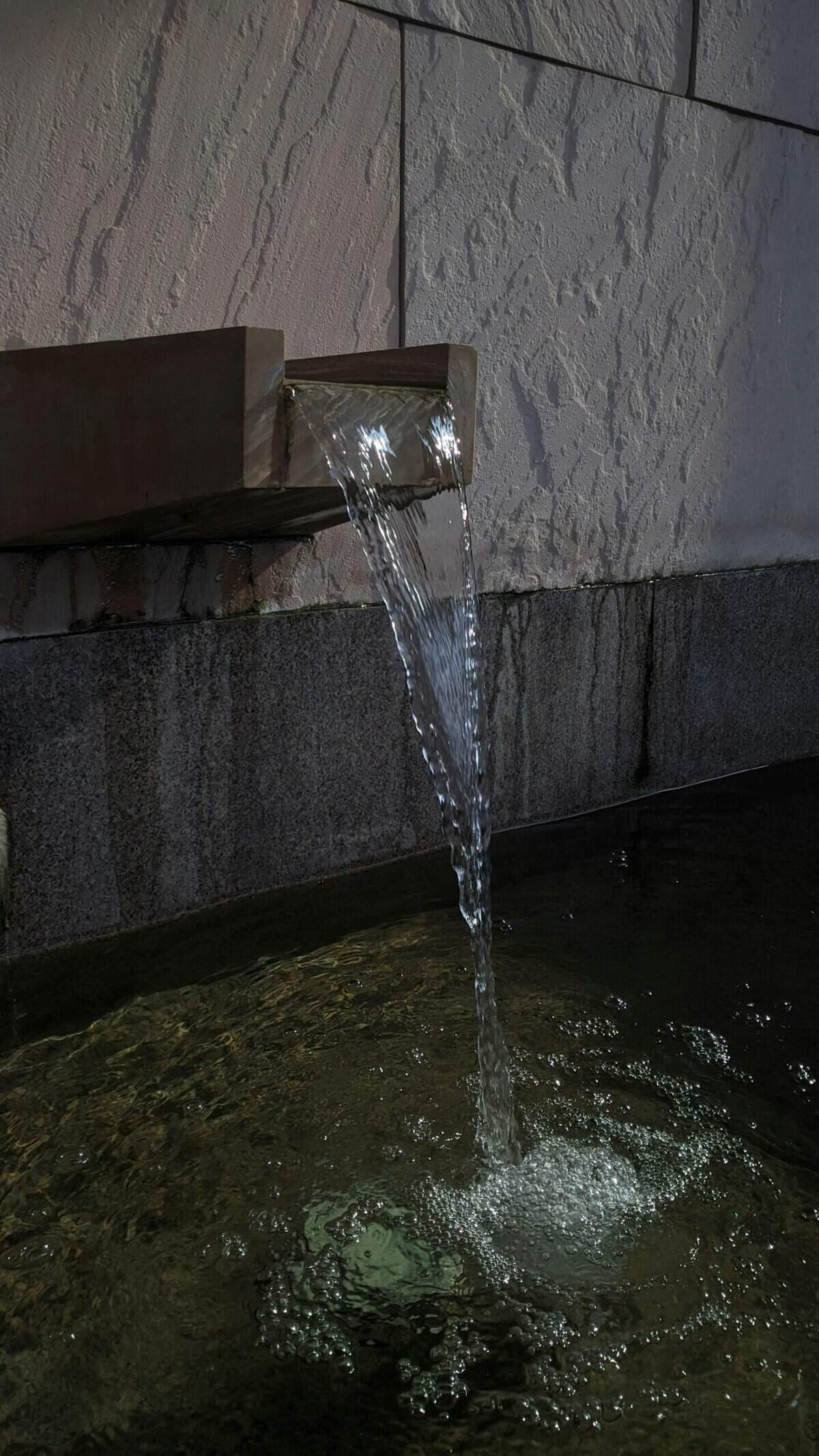
How Do I Measure Water Quality In My Well?
You rely on your well for drinking, cooking, and daily use. Measuring your well water quality gives you the information you need to protect your health and your plumbing, and to choose the right treatment if necessary.
Why testing your well water matters
Testing tells you what is in your water and whether any contaminants exceed recommended levels. Without testing, you won’t know if invisible risks like bacteria, nitrates, arsenic, or other chemicals are present.
When to test your well water
You should test your well water at specific times to make sure it stays safe. Test after well construction or repairs, after flooding, if someone in your household becomes ill with gastrointestinal symptoms, or when you notice changes in color, taste, or odor.
Recommended testing frequency
Regular testing helps you track changes over time and catch problems early. Below is a quick reference table for common testing intervals that you can use as a baseline; your local health department may recommend additional testing based on geology and local risks.
| Test type | Recommended frequency | Notes |
|---|---|---|
| Bacteria (total coliform and E. coli) | Annually | Test more often after contamination events, repairs, or flooding. |
| Nitrate | Annually | Test more often if infants or pregnant women live in the home. |
| pH, TDS, conductivity | Annually | Helps detect corrosion or changes in mineral load. |
| Lead, arsenic, uranium, radon | Once initially; repeat every 2–3 years or if local risk | Test more often if you suspect contamination or after maintenance. |
| Volatile Organic Compounds (VOCs) | Every 3–5 years or if near contamination sources | Test more frequently if you live near gas stations, industrial sites, or agricultural areas. |
| Pesticides/herbicides | Every 1–3 years if agriculture nearby | Test after heavy application seasons or spills. |
| Iron, manganese, hardness | Every 1–3 years | Affects plumbing, appliances, and taste. |
What contaminants should you test for?
Understanding what to test for depends on where you live, what you store nearby, and who is in your household. Start with the basic categories and then add tests based on risk factors.
Microbial contaminants (bacteria and viruses)
Bacteria such as total coliforms and E. coli indicate fecal contamination and an immediate health risk. Viruses and parasitic protozoa (e.g., Giardia, Cryptosporidium) can also be present, especially after contamination or flooding. Testing for total coliforms and E. coli is the first step; if those are positive, follow up with more targeted tests and consider immediate disinfection.
Inorganic chemicals (metals, salts, nutrients)
Inorganic contaminants include nitrates, nitrites, arsenic, lead, uranium, fluoride, iron, manganese, chloride, and sulfate. Many come from natural geology, agricultural runoff, or plumbing materials. Nitrate is especially important if you have infants or pregnant women in your household because it can cause methemoglobinemia (“blue baby syndrome”).
Organic chemicals (VOCs, pesticides, solvents)
Volatile organic compounds and pesticides can enter groundwater from leaking underground storage tanks, industrial spills, land application of pesticides, or improper disposal. Many VOCs can be harmful at low concentrations and often require specialized laboratory analysis.
Emerging contaminants (PFAS, pharmaceuticals)
Per- and polyfluoroalkyl substances (PFAS) and trace pharmaceuticals are being found more frequently in groundwater. These require specialized testing and, if present, specific treatment technologies.
Physical and general water quality parameters
Parameters like pH, temperature, turbidity, total dissolved solids (TDS), odor, and color won’t always cause illness, but they affect taste, aesthetics, plumbing, and treatment choices. Measuring these regularly helps you notice trends.
How to choose tests for your well
Selecting the right tests is about risk assessment and priorities. Think about local geology, nearby land use, household health concerns, and visible changes in the water.
Start with a basic panel
A basic annual panel should include: total coliform and E. coli, nitrate, pH, TDS or conductivity, and maybe iron and hardness. This panel catches common problems and helps you decide whether more detailed testing is necessary.
Add tests based on risk factors
If you live near farms, test for pesticides and nitrate more often. Near industrial sites or gas stations, include VOCs. If you have older plumbing, test for lead. If your well is shallow or in an area with known arsenic, test for arsenic and uranium.
How to collect a representative water sample
Correct sampling matters. If you collect a poor sample you can get misleading results. Follow these steps carefully or hire a certified sampler.
Prepare before sampling
Contact the testing lab for appropriate bottles and instructions. Labs often supply sterile bottles for microbial tests and special amber glass or preservative-treated containers for VOCs. Know which faucets to use — municipal-style pressure tanks and certain faucet filters can skew results.
Steps for basic bacterial and chemical sampling
- Flush the system: Run cold water for several minutes to remove standing water from pipes. This helps you sample fresh well water rather than water from household plumbing.
- Use the correct outlet: Preferably sample from an outside spigot or the well pump outlet if available. Choose a faucet that’s not connected to treatment devices (e.g., softeners, filters) unless you want to test treated water.
- Avoid contamination: Don’t touch the inside of the sterile bottle or cap. Wear clean gloves if the lab recommends them.
- Fill and cap: For microbiological samples, fill the bottle only to the indicated level and cap immediately. For some tests (like VOCs), the lab will ask you to leave no headspace in the vial.
- Refrigerate and transport quickly: Most labs want microbiological samples kept cold and delivered within 24 hours. Chemical samples may have longer holds but follow lab guidance.
- Record details: Note the date, time, weather, recent well activity, and any odors, cloudiness, or changes. This context can help lab interpretation.
Special requirements for VOCs and metals
- VOCs: Use amber glass vials with no headspace and, if required, add preservatives per lab instructions. Keep samples cool and get them to the lab quickly.
- Metals (lead, arsenic, cadmium): Some labs ask for first-draw samples (right after water sits in pipes) to detect plumbing contributions. Others ask for flushed samples to characterize groundwater. Know which sample type you need.
Table: Sampling basics at a glance
| Sample type | Typical bottle | Storage | Transport window |
|---|---|---|---|
| Microbial (coliform, E. coli) | Sterile plastic bottle | Refrigerate (4°C) | Within 24 hours |
| VOCs | Amber glass vial with no headspace | Refrigerate | Within 48 hours |
| Metals, nitrate, fluoride | Plastic or glass with preservatives as required | Refrigerate if instructed | 48–72 hours typical |
| pH, temperature | Measure in-situ with meter | N/A | Immediate reading at site |
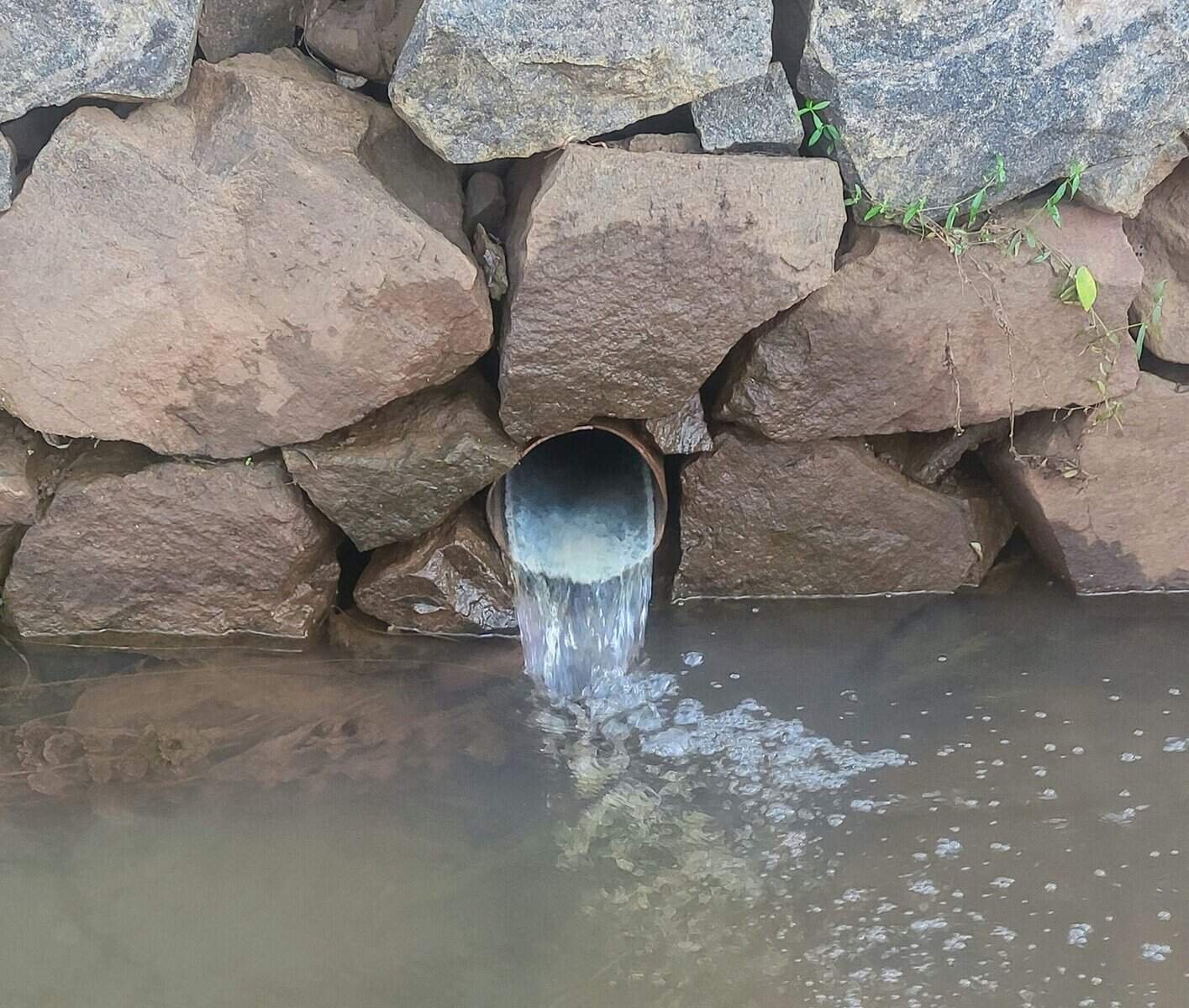
DIY testing options vs. professional labs
You can use home test kits for quick checks, but certified labs provide more reliable, legally defensible results. Choose based on your needs.
Home test kits and field meters
Test strips, colorimetric kits, and handheld meters (pH, TDS, conductivity, turbidity) give instant feedback. They are good for routine checks or spotting changes. However, their accuracy, detection limits, and interference vary, and they often can’t detect low concentrations of harmful contaminants.
Professional, certified laboratories
Certified labs follow standardized methods and maintain quality controls. They provide accurate results with detection limits suitable for health-based decisions. Use a certified lab for legally significant tests, health concerns, or if you need follow-up treatment plans.
When to use a professional sampler
If you’re unsure how to collect a proper sample, have complicated sampling needs (e.g., VOCs or first-draw lead), or need defensible results for real estate or regulatory purposes, hire a professional sampler or contractor familiar with well sampling protocols.
Interpreting test results
Getting numbers is useful only if you know what they mean. Context and guidance are essential.
Understand guideline vs. regulation
Most federal Drinking Water Standards (EPA Maximum Contaminant Levels, MCLs) apply to public water systems, not private wells. Use EPA MCLs and state health guidelines as benchmarks for health-based action. For some contaminants (lead, arsenic), any detectable concentration may warrant attention even if below MCLs.
Typical thresholds and what they mean
Below is a simplified table of common contaminants, typical health concerns, and EPA reference values. Use it as a guide, and consult your local health or environmental agency for region-specific advice.
| Contaminant | Health concerns | EPA MCL / guidance |
|---|---|---|
| Total coliform / E. coli | Gastrointestinal illness; indicates fecal contamination | E. coli should be absent in 100 mL sample (zero) |
| Nitrate (as N) | Methemoglobinemia in infants, pregnancy complications | 10 mg/L (as N) |
| Nitrite (as N) | Similar to nitrate at lower levels | 1 mg/L (as N) |
| Lead | Developmental harm in children, neurological effects | Action level 0.015 mg/L for public water; any lead in private well is a concern |
| Arsenic | Cancer and skin lesions; long-term effects | 0.010 mg/L (10 µg/L) |
| Uranium | Kidney toxicity, radiological concerns | 0.03 mg/L (30 µg/L) |
| Iron, Manganese | Staining, taste, plumbing issues | Aesthetic levels: iron 0.3 mg/L, manganese 0.05 mg/L (aesthetic guidelines) |
| TDS | Taste and scaling | Secondary guideline: 500 mg/L (aesthetic) |
| pH | Corrosion or scaling | 6.5–8.5 generally recommended |
| VOCs (e.g., benzene) | Various cancers and organ effects | Varies by compound (benzene MCL 0.005 mg/L) |
| PFAS (e.g., PFOA/PFOS) | Developmental and other effects | No federal MCL for some PFAS (EPA has health advisories and proposed rules); states vary |
What to do if results exceed guidance
- For bacterial contamination: Disinfect the well immediately and retest. Boil water for drinking until the problem is resolved or use bottled water.
- For nitrates above guidance: Don’t give well water to infants and consult a professional for treatment or alternative water supplies.
- For metals and VOCs: Consult a certified lab or local health department for treatment options and retesting schedules. Consider treatment such as reverse osmosis, ion exchange, or point-of-entry solutions depending on contaminant type.
- For converging problems: If you have multiple contaminants or complex chemistry, hire a water treatment professional or hydrogeologist for a tailored plan.
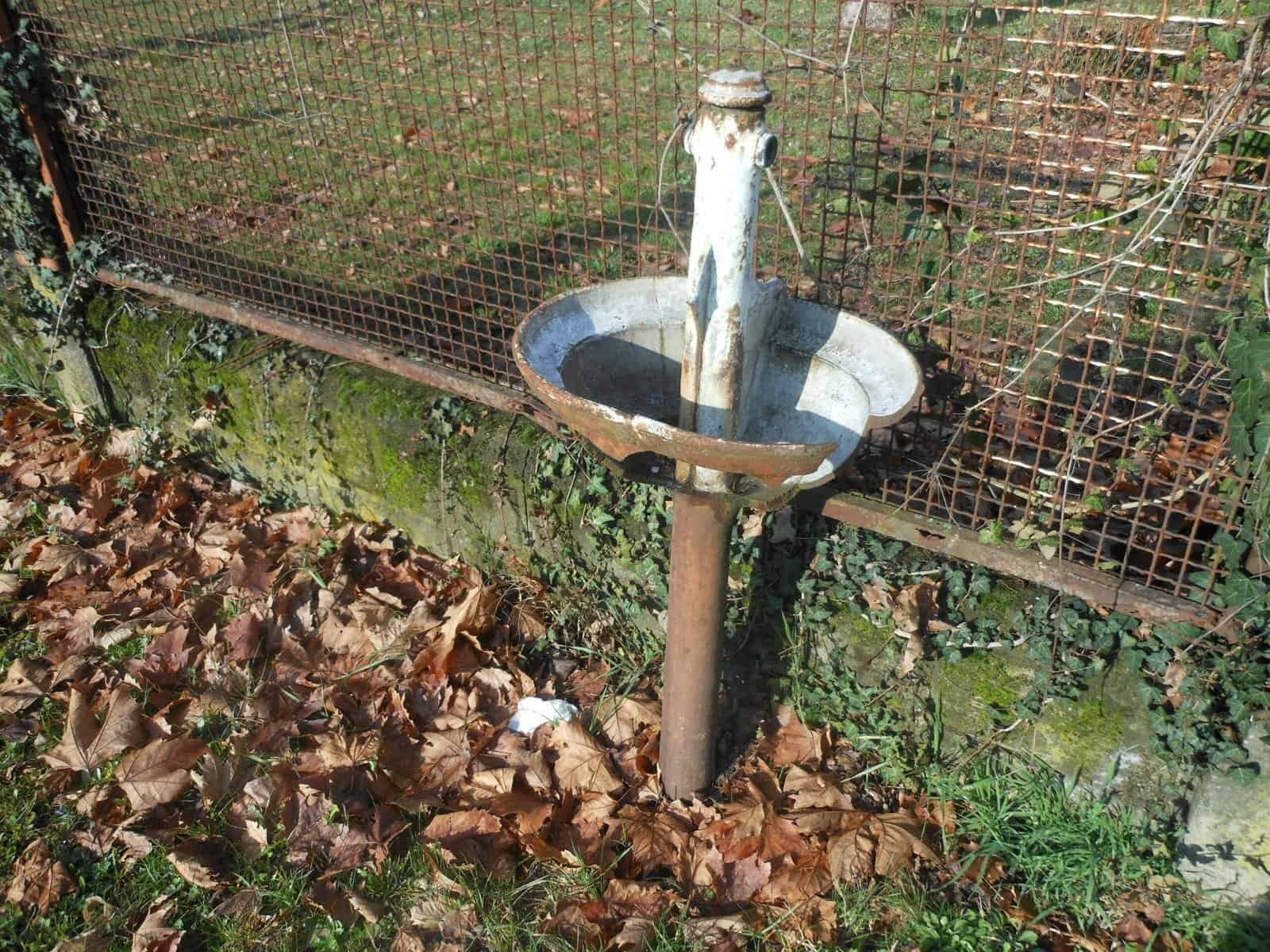
Treatment options and what you should consider
If testing shows problems, treatment may be required at the point-of-use (POU) or point-of-entry (POE). Your choice depends on the contaminant, concentration, household needs, and maintenance willingness.
Disinfection methods for microbial contamination
- Shock chlorination: Effective short-term treatment after contamination or maintenance. You’ll need instructions and retesting to ensure success.
- Continuous chlorination: Adds ongoing disinfection for persistent contamination, but tastes and byproducts are a consideration.
- Ultraviolet (UV) disinfection: Kills bacteria, viruses, and some protozoa without chemicals; it requires pre-filtration for turbid water and regular lamp changes. Use UV if bacterial contamination recurs and water chemistry is suitable.
Removing inorganic contaminants
- Reverse osmosis (RO): Effective for nitrates, fluoride, lead, and many other inorganics at the point-of-use. Produces wastewater and usually treats only a faucet.
- Ion exchange: Common for nitrate, hardness (water softeners), and some radioactive elements like uranium with specialized resins. Requires regular regeneration and handling of brine.
- Adsorptive media: Specific media for arsenic removal, iron, and manganese. Media selection depends on oxidation state and water chemistry.
Treating VOCs, pesticides, and organic contaminants
- Granular activated carbon (GAC): Effective for many VOCs and organic taste/odor issues. For high VOC loads or specific compounds, specialized carbon can be required.
- Air stripping: For volatile compounds at the point-of-entry, air strippers remove VOCs but require discharge considerations.
- Advanced oxidation: Combined treatments (e.g., oxidation plus filtration) may be required for certain compounds.
Table: Treatment choices by contaminant type
| Contaminant type | Common treatment options | Notes |
|---|---|---|
| Bacteria | Shock chlorination, continuous chlorination, UV | UV requires clear, low-turbidity water |
| Nitrate | Reverse osmosis, ion exchange, distillation | RO effective for POU; point-of-entry options exist |
| Arsenic | Adsorptive media, RO, coagulation/filtration | Oxidation state affects removal method |
| Lead | Replace plumbing, RO, point-of-use filters certified for lead | First-draw testing helps identify plumbing sources |
| VOCs | GAC, air stripping, advanced oxidation | Choice depends on specific VOCs and concentrations |
| Hardness | Water softener (ion exchange), lime softening | Softening increases sodium content; alternatives exist |
Maintenance, monitoring, and retesting
Treatment systems need ongoing maintenance, and wells need periodic inspections. A one-time fix is rarely a permanent solution.
Maintain your treatment system
Change filters and media on the schedule recommended by the manufacturer or your installer. Keep service records and monitor treated water for unexpected changes. Failure to maintain systems erodes protection and can worsen water quality.
Retest after treatment or repairs
After installing a treatment system or performing well repairs, retest to confirm the treatment is working and that no contamination was introduced. Also retest after power outages or major weather events if your well or pump may have been affected.
Keep records and track trends
Maintain a log of test results, dates, treatments, repairs, and any health concerns. Tracking trends over time helps you spot emerging problems and plan treatments proactively.
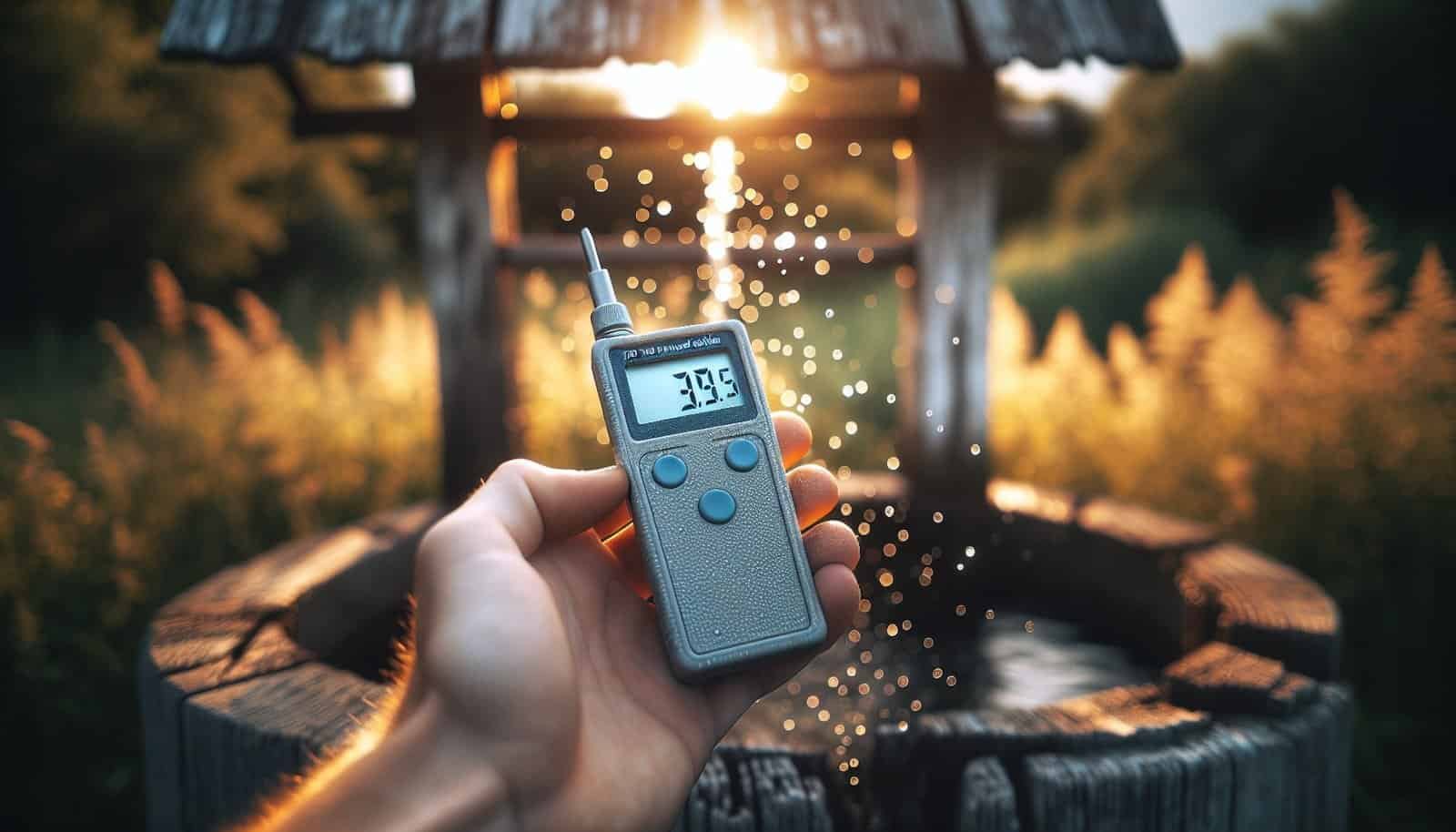
Choosing a lab and interpreting their reports
Selecting a certified, reputable lab ensures reliable results and helpful interpretation.
How to find the right lab
Contact your state certified laboratory list or environmental health office for labs accredited to perform drinking water tests. Confirm chain-of-custody procedures, sample containers, holding times, and whether the lab uses methods acceptable to state or federal agencies.
Understanding lab reports
Lab reports typically include detected concentrations, detection limits, and reference values (MCLs or guidance). If results are near detection limits or unusually high, call the lab and ask for clarification. Labs can often recommend follow-up tests or retesting frequency.
If you find contamination: immediate steps to take
Act quickly and safely if results show harmful levels or bacterial contamination.
Emergency actions for bacterial contamination
- Stop using the water for drinking or food preparation until the problem is resolved. Use bottled water or boil water (boil for at least one minute at sea level; longer at altitude) for drinking and cooking.
- Shock chlorinate the well or hire a professional. Retest after treatment to confirm water safety.
- Investigate potential sources: damaged well cap, surface water entry, nearby septic system failure, or flooding.
Actions for chemical contamination
- For acute chemical risks (e.g., high nitrate), stop using water for vulnerable groups (infants, pregnant women) and use an alternate water source.
- For long-term contaminants like arsenic or lead, consult treatment professionals and consider point-of-use systems or whole-house treatments depending on the specifics.
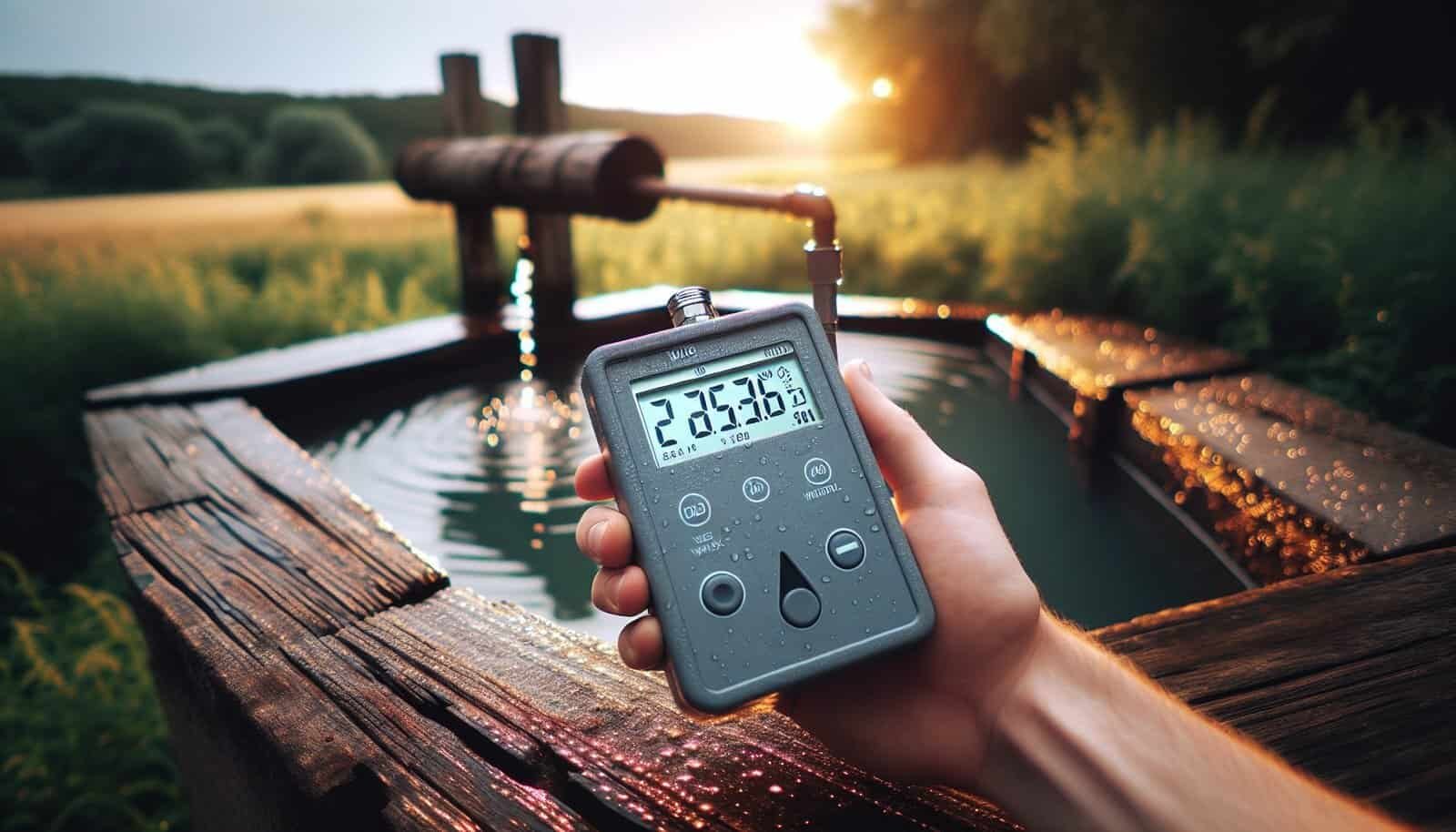
Well construction, protection, and prevention
Testing is only one part of protecting your well water. Preventative measures reduce contamination risk and testing frequency.
Protect the wellhead
Keep the area around the well gravelled or paved to direct surface water away from the well. Maintain a secure, sanitary well cap and ensure the well casing extends above the ground per local codes.
Avoid contamination sources
Store chemicals, fuels, and fertilizers away from the well and upslope from it. Maintain your septic system properly and keep livestock away from the immediate well area.
Regular inspections
Have your well inspected periodically by a licensed contractor to check for mechanical problems, casing integrity, and other risks that could introduce contamination.
Cost considerations and funding help
Testing and treatment cost money, but you can prioritize based on risk. Basic tests are inexpensive; specialized analyses and treatment systems cost more.
Typical cost ranges
- Basic bacterial and nitrate panel: modest cost (often <$100, depending on lab and region).< />i>
- Expanded chemical panels or VOCs: several hundred dollars.
- Treatment systems: point-of-use filters (RO) can be $400–$2,000 installed; whole-house systems vary widely ($1,000–$10,000+) depending on complexity.
Financial assistance and resources
Some states and local agencies offer grants, low-interest loans, or technical assistance for private well owners. Contact your state health department or local environmental agency for available programs.
Checklist: Practical steps to measure and manage your well water quality
Use this checklist to guide testing and decision-making in a practical sequence.
- Schedule: Test for bacteria and nitrate at least annually.
- Choose lab: Use a state-certified laboratory for health-related tests.
- Prepare: Contact the lab for sampling containers and instructions.
- Sample: Follow the lab’s sampling protocol exactly; note date, time, and conditions.
- Interpret: Compare results to EPA guidance and local health recommendations.
- Act: If results exceed guidance, follow emergency measures and consult professionals.
- Maintain: Service treatment systems as recommended and inspect the well annually.
- Record: Keep a log of test results, treatments, and repairs.
Resources and further help
You don’t have to figure this out alone. Several agencies and professionals can support you in testing, interpretation, and treatment.
Where to get help
- Your state or local health department: Offers testing recommendations and certified lab lists.
- State environmental or geology agencies: Provide region-specific contamination information.
- Certified laboratories: Perform tests and often provide guidance on results.
- Licensed well contractors and water treatment professionals: Evaluate and install systems.
- Federal resources: The EPA and CDC provide guidance on well water safety, testing, and treatment practices.
Useful action steps you can take today
- If you haven’t tested recently, arrange at least a basic microbiological and nitrate test.
- If you notice changes in taste, smell, or appearance, collect samples and contact a lab right away.
- Keep children, infants, and pregnant women away from water suspected of contamination until you have clear results.
Final tips to keep your well water safe
Keeping your well water safe is a combination of routine testing, prudent prevention, and prompt action when problems arise. By testing regularly, following proper sampling procedures, and acting on results, you protect your health and home. If at any point you feel uncertain about results or treatment options, contacting local health officials or certified professionals will help you make the safest choice for your household.
